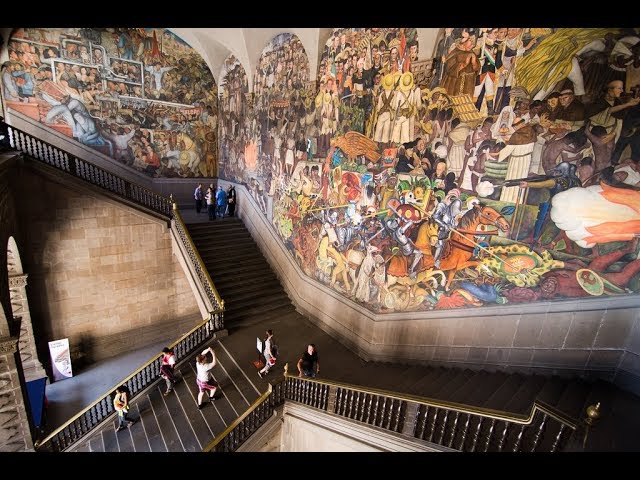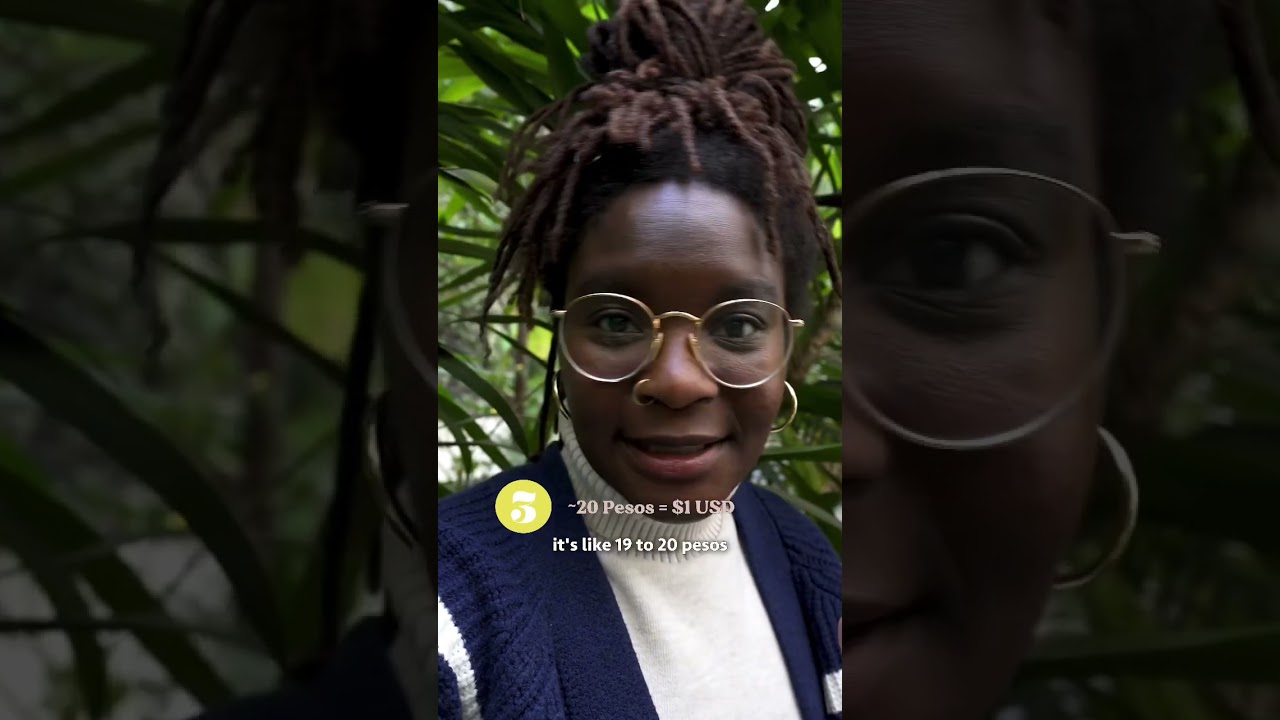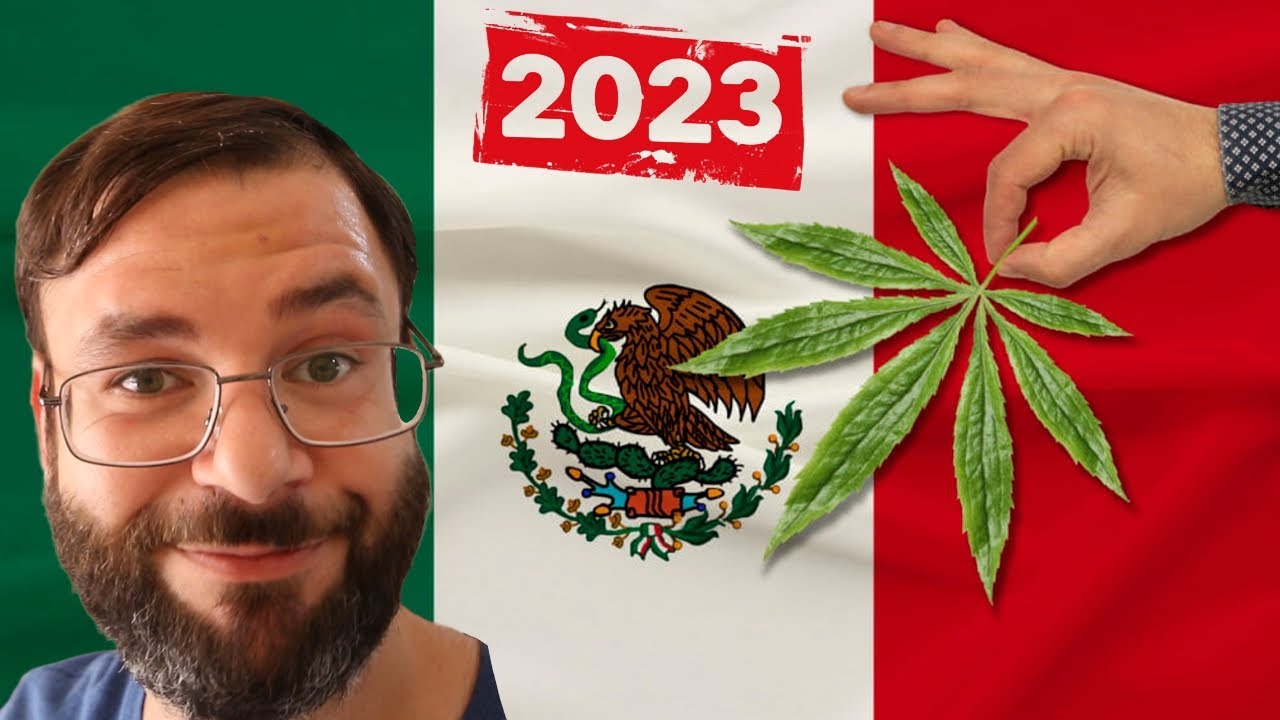Exploring Diego Rivera’s Legacy in Mexico City
Diego Rivera, one of Mexico’s most renowned muralists and painters, left an indelible mark on Mexico City’s cultural and historical landscape. His works, embedded with political, social, and cultural narratives, continue to attract art enthusiasts and curious travelers alike. Exploring Rivera’s legacy in Mexico City offers a unique journey through Mexico’s tumultuous history and rich artistic traditions. From the intricate murals that adorn the walls of the Palacio Nacional to his thought-provoking creations in the Secretaría de Educación Pública, Rivera’s art serves as a dynamic guide to understanding Mexico’s past and present.
The Palacio Nacional, home to some of Rivera’s most famous murals, including “The Epic of the Mexican People in Their Struggle for Freedom and Independence,” provides a breathtaking vista into the heart and soul of Mexico. These murals, which took Rivera nearly six years to complete, chronicle the history of Mexico from the pre-Columbian era to the early post-revolutionary period. Here, visitors can witness the brilliance of Rivera’s artistry and his ability to encapsulate complex historical narratives within vibrant and captivating imagery.
Another must-visit location for enthusiasts of Rivera’s work is the Secretaría de Educación Pública, which houses an extensive collection of his murals. These pieces, often overlooked in comparison to his more famous works, offer a deeper insight into Rivera’s social and political ideologies. Through his depiction of laborers, peasants, and indigenous cultures, Rivera championed the overlooked and the oppressed, using his art as a form of social commentary and activism. Each mural, with its rich detail and emotive power, invites viewers to reflect on the ongoing struggles and achievements of the Mexican people.
Unveiling History at the Palacio Nacional
Nestled in the heart of Mexico City, Palacio Nacional stands as a beacon of historical significance, embodying centuries of Mexican history. This venerable building not only serves as the seat of the country’s executive power but also houses some of the most compelling narratives of Mexico’s past, making it an essential destination for those looking to immerse themselves in the country’s rich heritage.
One of the highlights of Palacio Nacional is the stunning mural work by Diego Rivera. These murals are not just art pieces; they’re vivid storytelling canvases that depict the evolution of Mexican civilization from the pre-Hispanic era to the post-revolutionary period. Rivera’s work offers a unique opportunity to visually walk through the chapters of Mexican history, understanding the struggles and triumphs that shaped the nation.
Moreover, Palacio Nacional is home to historical treasures beyond the murals. It contains the original archives of the country, holding centuries-old documents that are pivotal to understanding Mexico’s journey through time. For history buffs and researchers alike, this archive offers an unparalleled glimpse into the narrative threads that weave the Mexican identity.
The architecture of Palacio Nacional itself is a testament to Mexico’s historical layers. Built on the site of an Aztec palace, the building is an architectural palimpsest that reflects the various phases of Mexican history, from its indigenous roots to Spanish colonial influences and post-colonial aspirations. This blend of architectural styles serves as a physical timeline of the cultural shifts and influences that have shaped the country.
Exploring Palacio Nacional is akin to taking a step back in time. Each corner of this iconic edifice tells a story, each mural whispers tales of valor and resilience, and the very walls seem to resonate with the echoes of Mexico’s historical saga. For anyone looking to delve deep into the essence of Mexico and its cultural legacy, a visit to Palacio Nacional is indisputably imperative.
Artistic Wonders at the Secretariat of Public Education Main Headquarters
Nestled within the heart of Mexico City lies a treasure trove of cultural and artistic wealth inside the Secretariat of Public Education (SEP) Main Headquarters. This historic building is not just a cornerstone of educational administration but also a sanctuary for some of Mexico’s most illustrious artistic wonders. The walls of this age-old edifice are adorned with an extensive collection of murals painted by the renowned artist Diego Rivera, making it an essential destination for those who seek to immerse themselves in Mexico’s vibrant art scene.
Rivera’s murals within the SEP offer a profound narrative of Mexico’s social, political, and cultural evolution. Executed between 1923 and 1928, these frescoes depict a myriad of themes ranging from the pre-Hispanic past to the revolutionary period of the early 20th century. Visitors are taken on a visual journey through Mexico’s rich history, witnessing scenes that bring to life the struggles and triumphs that shaped the nation. Rivera’s masterful use of color and composition ensures that each mural not only captivates the viewer’s attention but also educates them about the country’s heritage and ideals.
Beyond the historical and cultural significance, the SEP headquarters provide an intimate connection with the art of muralism, a movement that defined much of Mexican art in the 20th century. Rivera’s work here is a vivid representation of the movement’s philosophy, blending indigenous traditions with contemporary social themes. The accessibility of these murals at the SEP makes it an unparalleled site for appreciating the depth and breadth of Mexican muralism. Each visit offers an insight into the soul of Mexico, told through the brushstrokes of one of its most iconic figures.
A Look into Rivera’s Techniques at the San Ildefonso College
Visiting the San Ildefonso College in Mexico City offers a profound glimpse into the heart of Mexican muralism, a movement that has captivated art lovers and historians alike. The college, an emblematic venue for cultural expression, houses one of Diego Rivera’s most astonishing works. Rivera, a pivotal figure in Mexican muralism, utilized the walls of this former Jesuit college to showcase his artistic prowess and revolutionary ideals. His techniques, deeply rooted in historical and cultural themes, transcend mere visual aesthetics, embedding powerful messages within each stroke.
Rivera’s work at San Ildefonso is renowned for its vibrant colors and dynamic compositions, elements that draw the viewer into a narrative that is both personal and universal. What sets Rivera apart is his adept use of fresco, a method that involves applying earth-based pigments onto freshly laid lime plaster. This technique, which dates back to the Renaissance, requires precision and speed, as the artist must work quickly before the plaster dries. Rivera’s mastery of fresco at San Ildefonso is evident in the vividness of the colors and the mural’s remarkable durability over time.
Another distinctive aspect of Rivera’s approach is his incorporation of indigenous and European artistic traditions. At San Ildefonso, he skillfully blends these influences to tell a story that is uniquely Mexican, yet universally relatable. His ability to weave together different cultural elements into a cohesive visual narrative speaks to his deep understanding of Mexico’s complex history and identity. This fusion not only enriches the aesthetic quality of his work but also serves as a testament to the multicultural fabric of Mexican society.
In exploring Rivera’s work at San Ildefonso College, one cannot overlook the thematic boldness that characterizes his murals. Rivera did not shy away from controversial themes; instead, he tackled them head-on, using his art as a medium for social commentary. Themes of revolution, class struggle, and the plight of the indigenous people are recurrent in his works at the college, showcasing his commitment to using art as a tool for education and societal change.
Technique and theme intertwine seamlessly in Rivera’s murals at San Ildefonso College, making them an essential study for aficionados of art and history. Through his innovative use of fresco, combined with a profound thematic depth, Rivera not only decorated the college but also imbued it with a sense of purpose and identity. The murals stand as a testament to a moment when art, politics, and culture collided to create something genuinely transformative, both for Mexico and for the world.
Discovering Diego Rivera’s Art at the Anahuacalli Museum
The Anahuacalli Museum in Mexico City stands as a grand testament to the vision of one of Mexico’s most celebrated artists, Diego Rivera. Built from volcanic stone, this unique structure is not just a museum, but a piece of artwork itself, illustrating Rivera’s deep connection to Mexico’s pre-Hispanic cultures. Inside, visitors are treated to an extensive collection of nearly 50,000 pieces of art, encompassing not only Rivera’s works but also artifacts from indigenous civilizations throughout the country’s history. This museum, conceptualized and created by Rivera himself, offers a profound narrative on the synthesis of Mexican art, extending from its ancient origins to modern expressions.
Exploring the museum, one is immediately drawn into Rivera’s fascination with Mexico’s rich cultural heritage. Each room, or ‘cell’, is dedicated to a different theme or time period, allowing visitors to walk through centuries of artistic expression in a single visit. Among the most captivating displays are Rivera’s sketches and studies, which provide insight into his creative process and how he intertwined historical themes with his own artistic vision. This vast collection is a vivid reminder of Rivera’s belief in the inseparability of art and society, and his efforts to make art accessible and relevant to the public.
Apart from the permanent collections, the Anahuacalli Museum also hosts temporary exhibits and cultural events that further enrich the visitor’s experience. These events range from contemporary art exhibitions inspired by Rivera’s work to traditional music and dance performances that celebrate Mexico’s indigenous cultures. Through this dynamic blend of the ancient and the contemporary, the museum continues to embody Diego Rivera’s legacy, serving as a bridge that connects past, present, and future generations of art lovers and cultural explorers.


